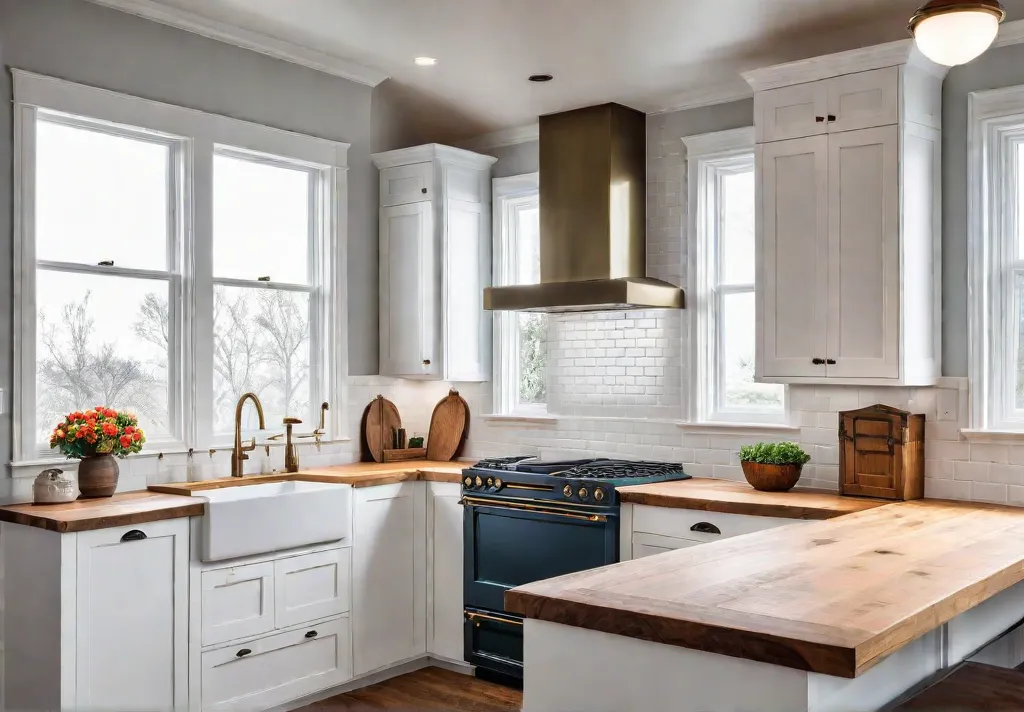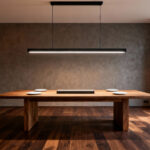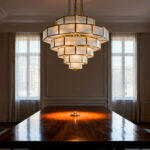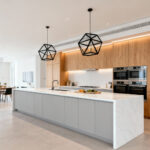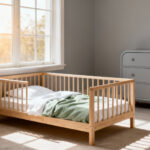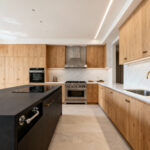Have you ever stepped into a kitchen that instantly transported you back in time, evoking a sense of nostalgia and comfort? The key to achieving this timeless charm often lies in the intricate details, particularly the hardware adorning the cabinetry. In traditional kitchen design, the right hardware can evoke emotions that linger long after the initial encounter.
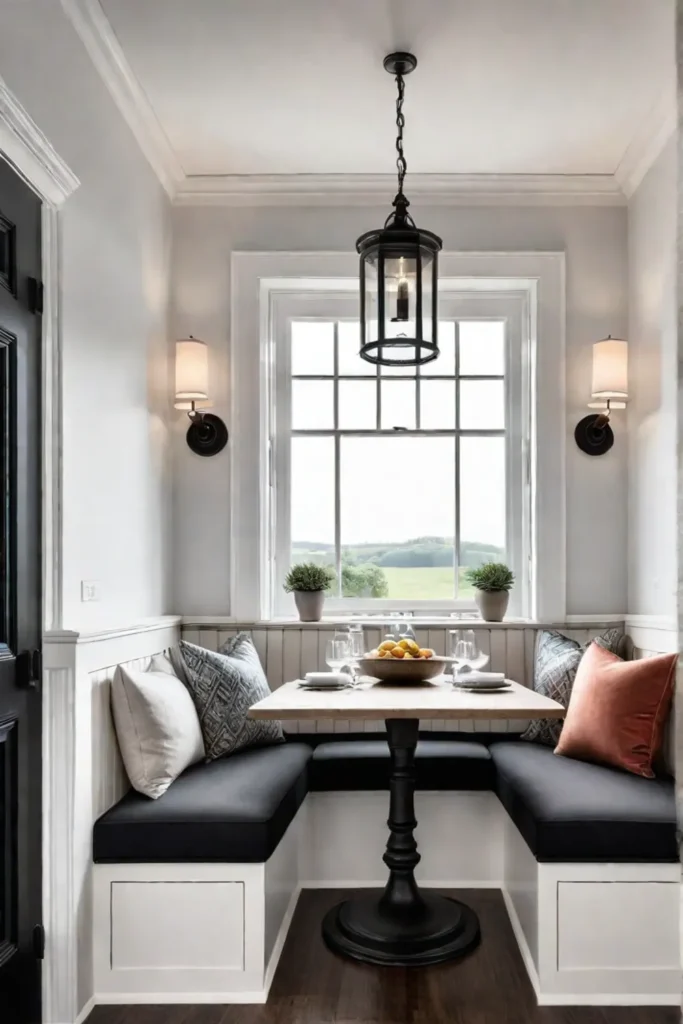
Imagine a warm, inviting space where the gentle sparkle of brass knobs and pulls beckons you to linger, savoring the rich history and character etched into every surface. The subtle squeak of hinges whispers tales of countless meals prepared with love, while the patina of aged metal finishes adds depth and authenticity to the surroundings. This is the power of thoughtfully selected hardware – it breathes life into a space, transforming it from a mere utilitarian area into a captivating reflection of your style and cherished memories.
The Enduring Allure of Knobs and Pulls
In the realm of traditional kitchen design, knobs and pulls take center stage as the most visible and frequently used hardware elements. These unassuming yet essential components serve a functional purpose and contribute significantly to the overall aesthetic. The right style, size, and finish can elevate a traditional kitchen from ordinary to extraordinary.

The history of kitchen cabinet hardware is a captivating journey, spanning from the simple, hand-forged designs of early colonial times to the ornate and intricate interpretations of the Victorian era. Today, we have the luxury of drawing inspiration from these historical influences while embracing contemporary twists, seamlessly blending old and new.
One of the hallmarks of traditional kitchens is the warm, welcoming embrace of brass, nickel, and bronze finishes. These timeless metals exude a sense of richness and depth, instantly evoking a sense of nostalgia and comfort. Whether you opt for the classic elegance of polished brass or the rustic charm of oil-rubbed bronze, these finishes have the power to transform ordinary hardware into statement pieces that command attention.
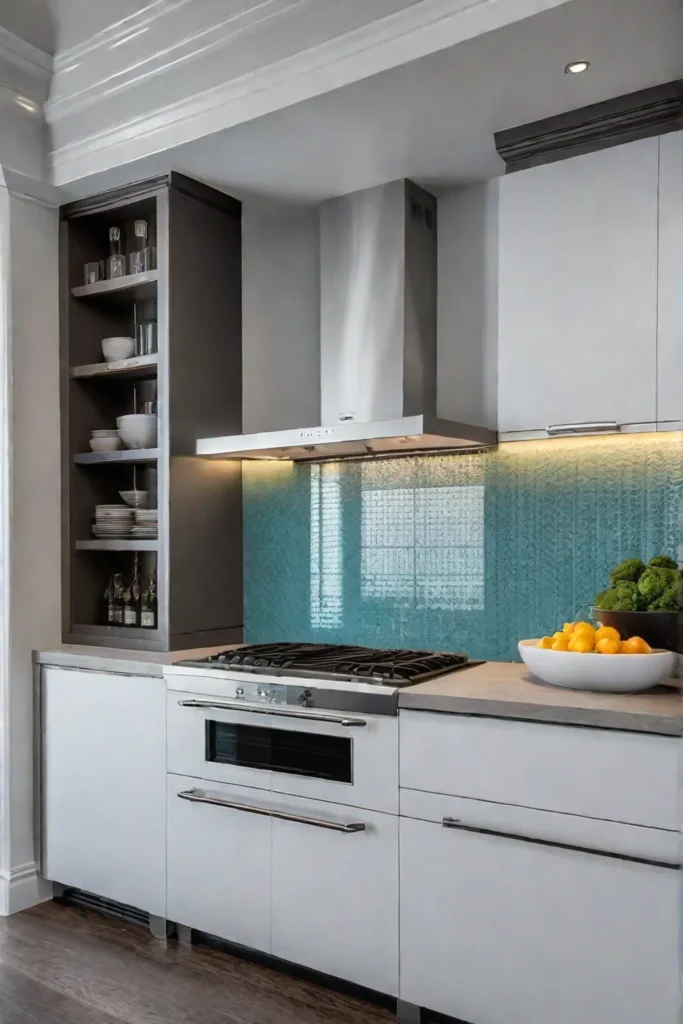
When it comes to selecting knobs and pulls, the possibilities are endless. From the timeless appeal of cup pulls and bin pulls to the sleek lines of bar pulls and the whimsical charm of ceramic knobs, each style offers its unique personality. The key lies in finding the perfect harmony between the hardware and the overall design of your traditional kitchen.
Hinges: The Unsung Heroes of Cabinetry
While knobs and pulls often steal the spotlight, hinges play an equally crucial role in the functionality and visual appeal of traditional kitchen cabinets. These unassuming workhorses ensure smooth operation and contribute to your space’s overall aesthetic harmony.
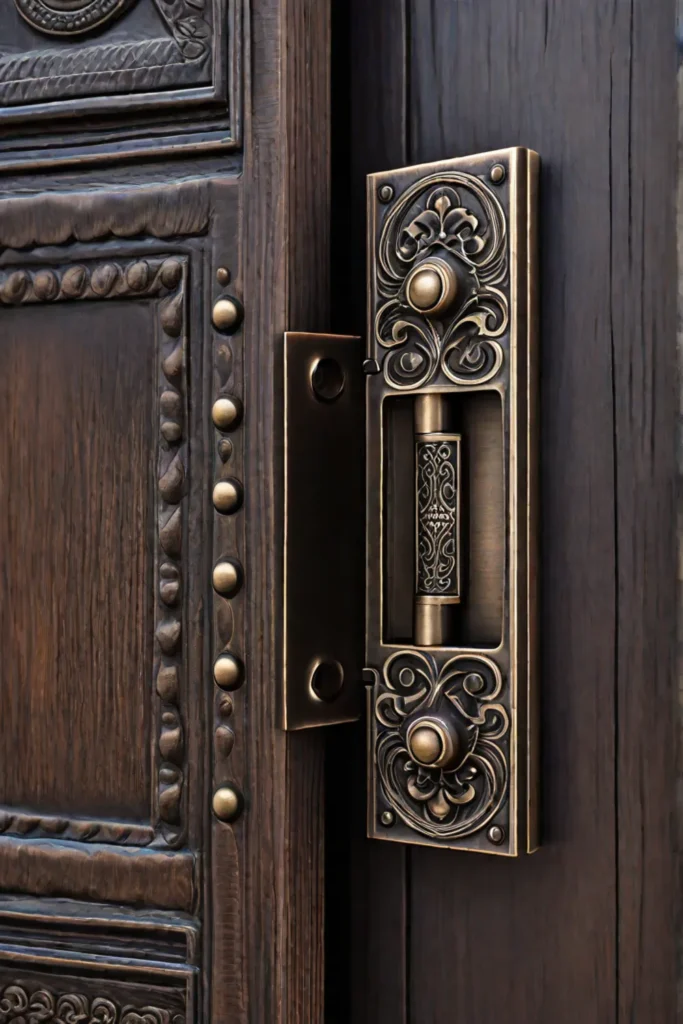
The evolution of hinge technology is a fascinating tale, from the early hand-forged designs that graced the cabinets of our ancestors to the sleek, concealed hinges of modern times. However, in traditional kitchens, there is an undeniable charm in embracing exposed hinges as a nod to the past.
With their intricate details and decorative accents, exposed hinges add a touch of character and visual interest to your cabinetry. Whether you opt for the timeless elegance of brass or the rustic appeal of iron, these hinges serve as functional pieces of art, elevating the overall design aesthetic.
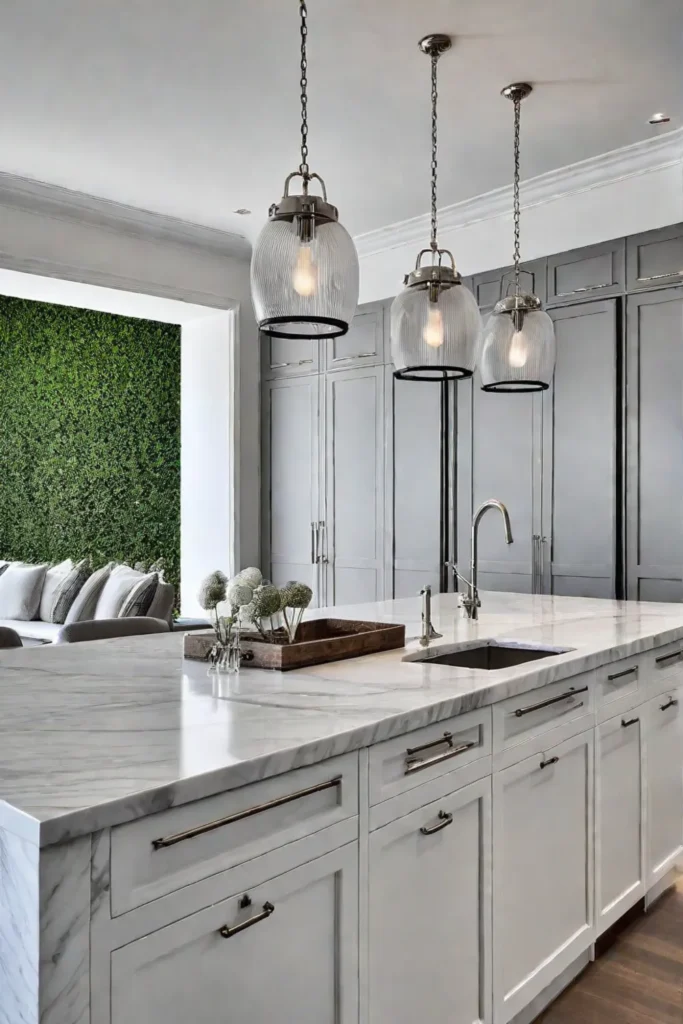
When selecting hinges for your traditional kitchen, consider their functionality and ability to complement the cabinet style and overall design. From the intricate scrollwork of ornate hinges to the clean lines of more contemporary interpretations, the right choice can seamlessly blend form and function, creating a cohesive and visually striking space.
The Enchanting Allure of Finishes
In traditional kitchen design, the finish of your hardware can make or break the overall aesthetic. These seemingly small details can evoke a sense of warmth, elegance, or rustic charm, setting the tone for the entire space.
Popular hardware finishes’ historical origins and evolution are steeped in tradition and symbolism. Brass, for instance, has long been associated with wealth and prestige, making it a natural choice for grand, opulent kitchens. With its cool, silvery hue, Nickel exudes a sense of sophistication and modernity, while bronze offers a rich, earthy patina that perfectly complements rustic or farmhouse-inspired designs.
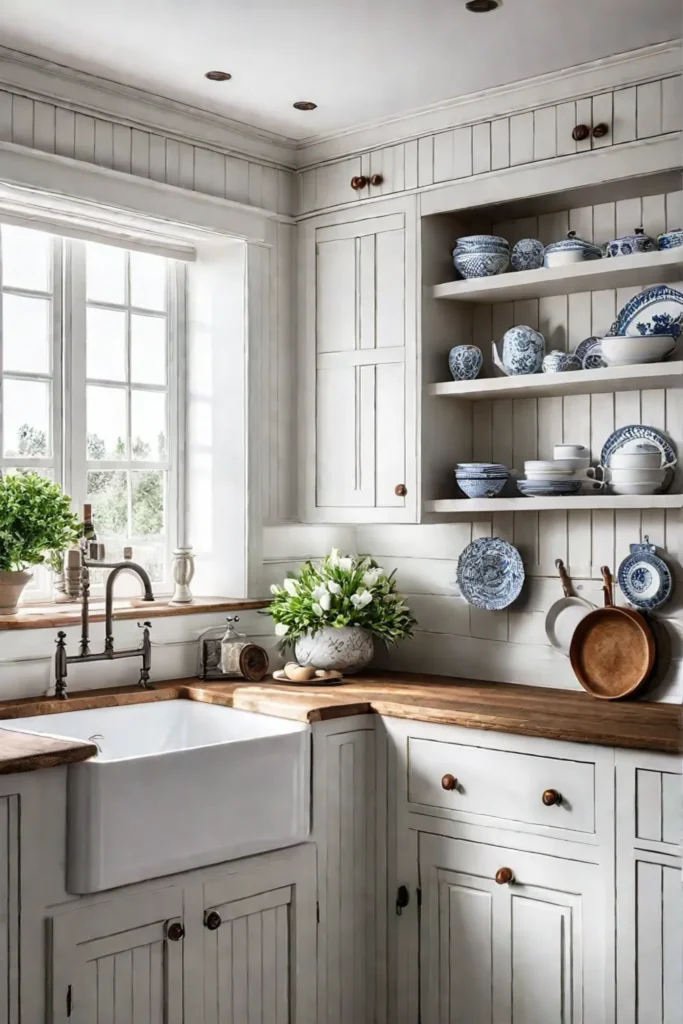
Mixing and matching hardware finishes is an art form that allows you to create a harmonious and visually captivating space that reflects your unique style. Imagine the striking contrast of polished brass pulls against a backdrop of oil-rubbed bronze hinges or the subtle interplay of brushed nickel knobs with antique brass accents. The endless possibilities result in a kitchen that exudes depth, character, and a sense of curated elegance.
Blending Old and New: A Fresh Twist on Tradition
While traditional kitchen design often evokes a sense of timelessness, incorporating contemporary hardware elements can add a fresh and unexpected touch to your space. This harmonious blend of old and new keeps your design relevant and allows you to infuse your style into a timeless aesthetic.
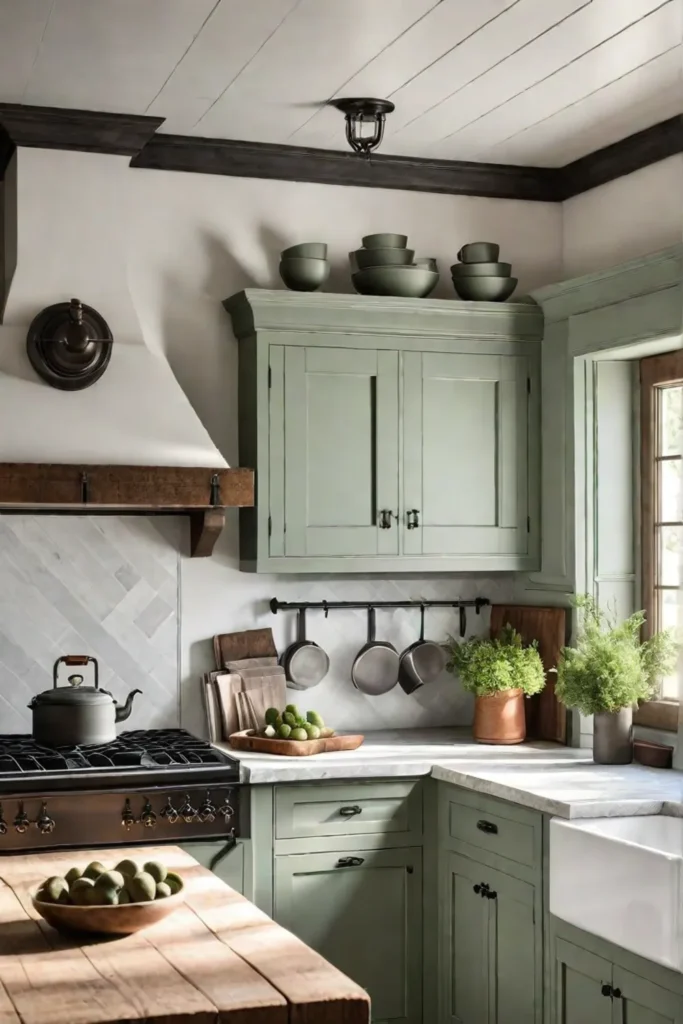
The history of hardware design is a fascinating tapestry, with traditional and contemporary styles influencing and borrowing from one another over time. This interplay has given rise to a wealth of innovative designs that seamlessly merge the best of both worlds, creating timeless and modern pieces.
Imagine the sleek lines of a contemporary bar pull adorned with intricate detailing reminiscent of Victorian craftsmanship. Or envision the clean, minimalist silhouette of a modern knob juxtaposed against the warmth of an aged brass finish. These unexpected combinations add visual interest and evoke a sense of curiosity and intrigue, inviting guests to linger and appreciate the thoughtful details.
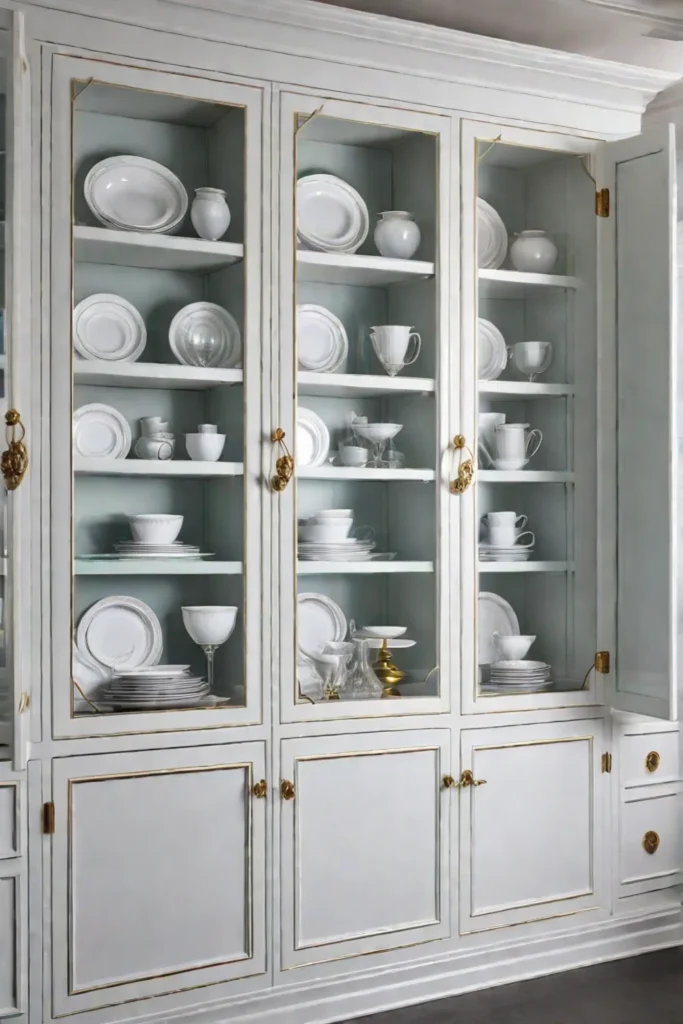
When blending traditional and contemporary hardware elements, the key is to strike a balance that enhances the overall aesthetic without overwhelming the space. Carefully consider the design principles that govern both styles and seek out pieces that complement one another in scale, proportion, and overall visual weight.
Ergonomics and Functionality: Prioritizing Usability
While aesthetic appeal is undoubtedly crucial in traditional kitchen design, the functionality and ergonomics of your hardware should never be overlooked. After all, a beautiful space is complete only when it seamlessly blends form and function, ensuring a seamless and enjoyable user experience.
The historical evolution of kitchen cabinet hardware design has been driven, in part, by a relentless pursuit of improved functionality and ergonomics. From the early days of cumbersome, hand-forged pieces to today’s sleek, user-friendly designs, the industry has continually adapted to meet the ever-changing needs of homeowners and chefs alike.
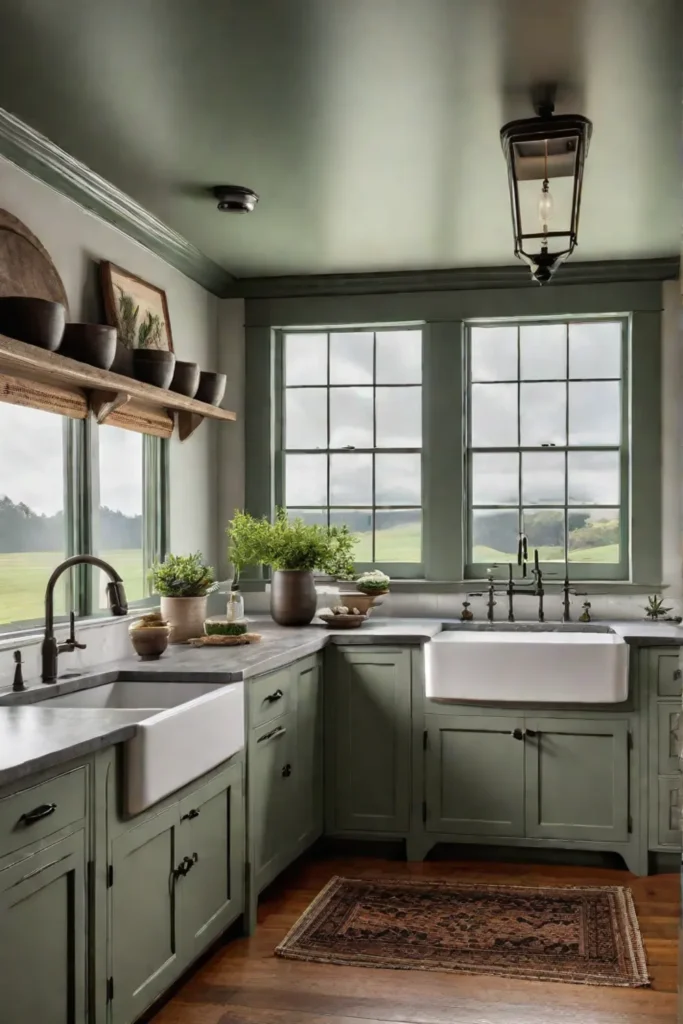
When selecting hardware for your traditional kitchen, consider factors such as grip comfort, ease of operation, and accessibility. Look for pieces that complement the overall design aesthetic and prioritize ergonomics, ensuring a seamless and enjoyable experience for all users, regardless of their age or physical abilities.
Advancements in materials and manufacturing processes have paved the way for innovative hardware designs that seamlessly blend traditional aesthetics with modern ergonomic features. From knobs and pulls that conform to the natural contours of the hand to hinges that open and close with effortless grace, the possibilities are endless.
Coordinating Hardware with Cabinet Styles: A Harmonious Union
In traditional kitchen design, achieving a cohesive and visually appealing aesthetic often hinges on carefully coordinating hardware with cabinet styles. This harmonious union enhances the overall visual impact and ensures a sense of continuity and intentionality throughout the space.

The historical origins and design principles that have influenced the relationship between traditional cabinet styles and hardware are rooted in a deep appreciation for balance, proportion, and attention to detail. From the intricate carvings of Shaker-style cabinets to the sleek lines of Craftsman-inspired pieces, each style has unique characteristics that must be considered when selecting hardware.
Imagine the warmth and charm of a farmhouse-inspired kitchen, where the rustic beauty of distressed oak cabinets is perfectly complemented by the organic curves and aged patina of wrought iron hardware. Or envision the timeless elegance of a classic, raised-panel cabinet adorned with the gleaming brilliance of polished brass knobs and pulls, evoking a sense of grandeur and sophistication.
When coordinating hardware with cabinet styles, consider not only the finish and material but also the pieces’ shape, size, and overall visual weight. A delicate, intricate knob may be overwhelmed by the bold lines of a Shaker-style cabinet. At the same time, a substantial, oversized pull could appear out of place on a more delicate, traditional design.
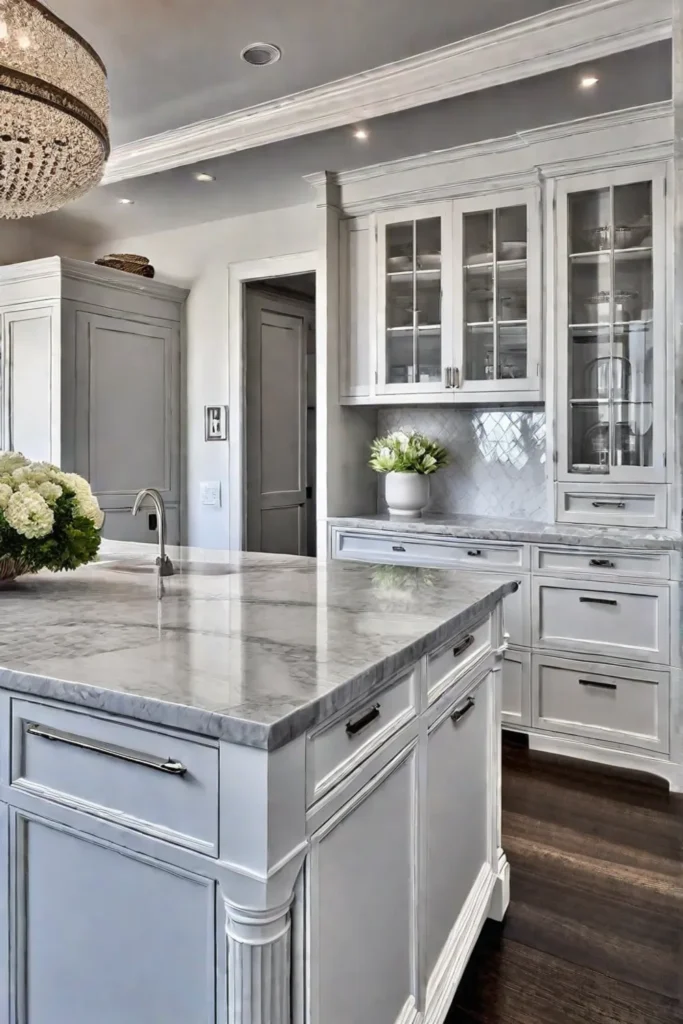
By carefully considering the unique design features and construction of your cabinet styles, you can make informed choices that enhance the overall aesthetic and create a harmonious, cohesive space that truly reflects your style and the rich heritage of traditional kitchen design.
Maintenance and Durability: Ensuring a Lasting Legacy
Investing in high-quality, durable kitchen cabinet hardware is a practical decision and a testament to your commitment to preserving the timeless appeal of your traditional kitchen design. After all, these seemingly small details play a crucial role in your space’s overall longevity and functionality.
A constant pursuit of durability and ease of maintenance has driven the historical evolution of hardware manufacturing and materials. From the hand-forged iron pieces of yesteryear to the precision-engineered designs of today, each advancement has sought to create hardware that can withstand the rigors of daily use while retaining its beauty and charm.
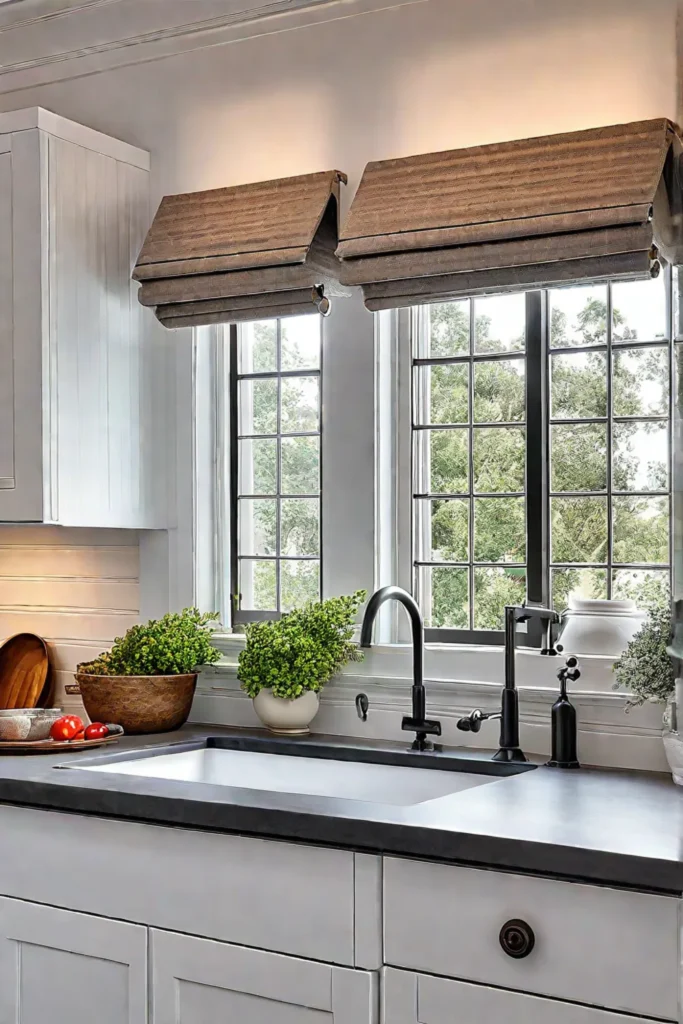
When evaluating the durability and maintenance requirements of different hardware options, it’s essential to consider each material’s unique properties and construction. Brass, for instance, is known for its exceptional resistance to corrosion and tarnishing, making it a popular choice for high-traffic areas. On the other hand, Nickel offers superior scratch resistance, ensuring a lasting shine even in the busiest kitchens.
Proper care and maintenance are also key to ensuring the longevity of your traditional kitchen hardware. From regular cleaning and polishing to the judicious use of protective coatings, a little bit of attention can go a long way in preserving the beauty and functionality of your hardware for years to come.
By investing in high-quality, well-made hardware and adhering to recommended maintenance practices, you not only protect the aesthetic appeal of your traditional kitchen but also safeguard the overall investment in your home. After all, a space built to last is a true testament to the enduring legacy of traditional design.
Personalizing Traditional Hardware: A Unique Reflection
While traditional kitchen design often evokes a sense of timelessness and heritage, incorporating custom or unique hardware elements can add a personalized touch that truly sets your space apart. These one-of-a-kind pieces enhance the overall aesthetic and reflect your style and the cherished memories that make your home truly yours.
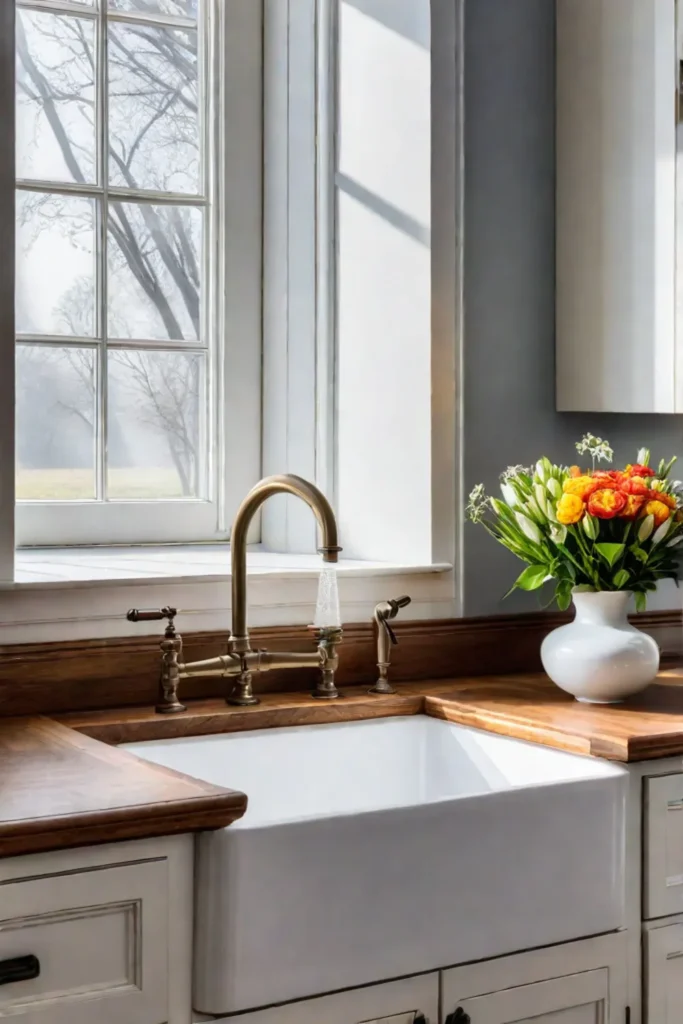
The historical precedents for custom and unique hardware in traditional kitchen design are rooted in the artisanal traditions of bygone eras. From the hand-carved details of antique pieces to the intricate metalwork of blacksmiths, each piece was a labor of love, imbued with the personal touch of its creator.
Imagine the warmth and character of a hand-forged iron pull, its intricate scrollwork and organic curves telling the story of its maker’s skilled craftsmanship. Or envision the whimsical charm of a ceramic knob, its vibrant glaze and intricate detailing adding a playful touch to your traditional space.
When selecting custom or unique hardware elements, it is essential to balance personal expression and cohesion with the overall design aesthetic. Seek out pieces that complement your kitchen’s traditional style while also reflecting your unique personality and tastes.
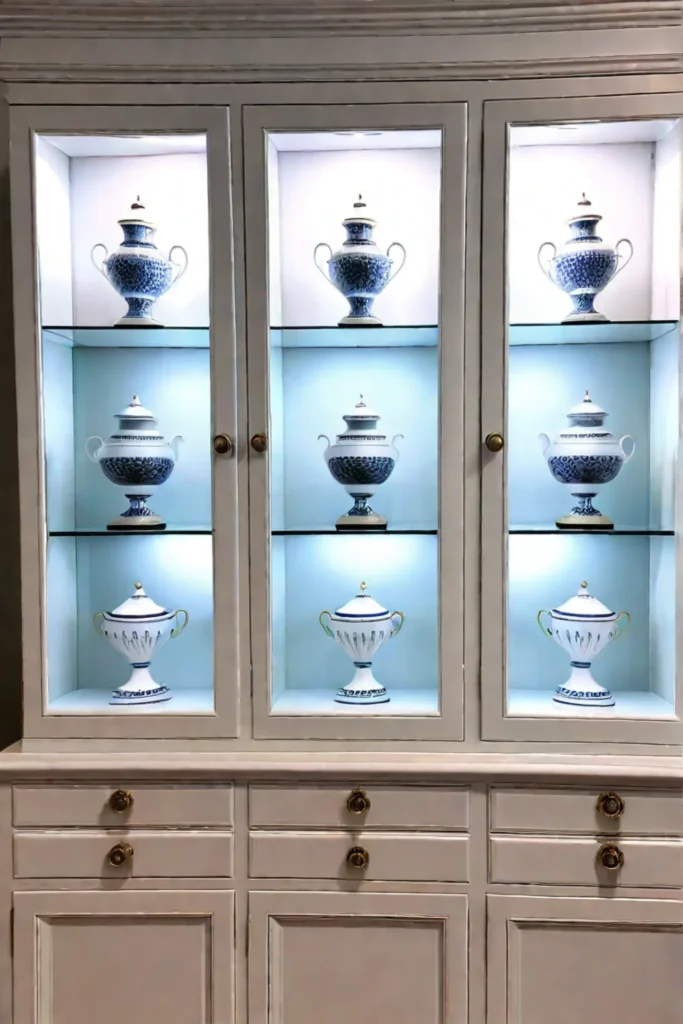
The process of sourcing and incorporating personalized hardware can be a journey in itself. It allows you to connect with artisans and craftspeople who share your appreciation for the rich heritage of traditional design. Whether you commission a one-of-a-kind piece or curate a collection of vintage finds, each element will add depth and character to your space, creating a truly personalized and meaningful environment.
Conclusion: A Timeless Tapestry of Memories
In traditional kitchen design, hardware is more than just a functional element – it is a tapestry woven from the threads of history, craftsmanship, and personal expression. Each knob, pull, and hinge tells a story, inviting you to linger and appreciate the intricate details that bring a space to life.
As you select hardware for your traditional kitchen, remember that these seemingly small elements can evoke emotions, create lasting memories, and transform a utilitarian space into a warm, inviting sanctuary.
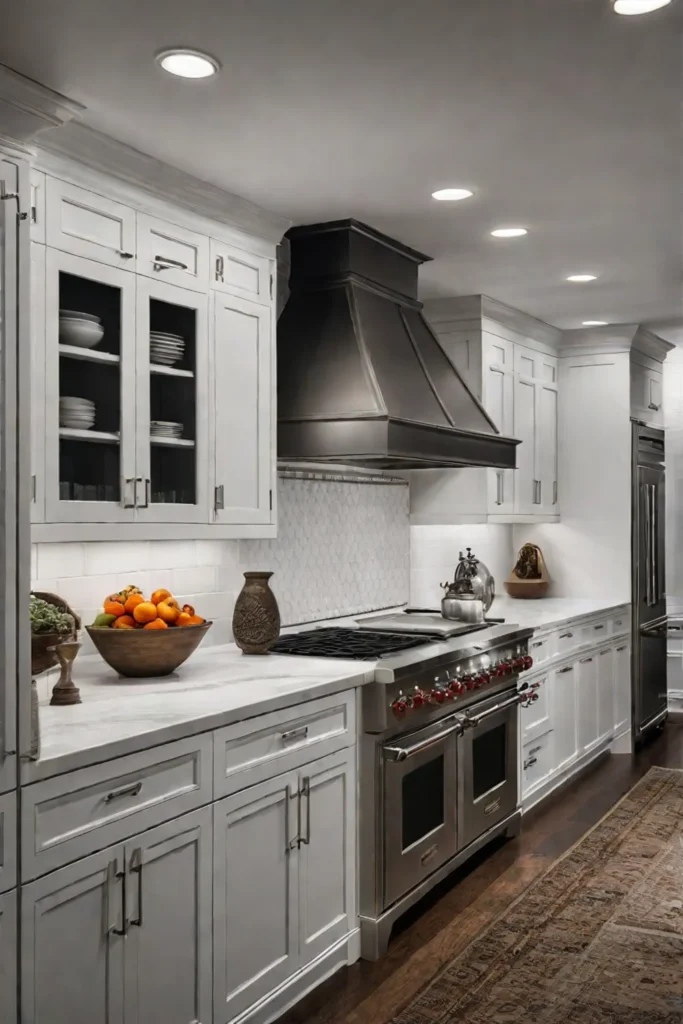
Embrace the rich heritage of traditional design, but don’t be afraid to infuse your unique style and personal touches. After all, a timeless kitchen seamlessly blends the past with the present, creating a harmonious canvas for the cherished moments and memories yet to come.
So, take the time to explore the world of traditional hardware, and let each piece whisper its tale, guiding you toward a space that not only delights the senses but also speaks to the heart and soul of your home.
